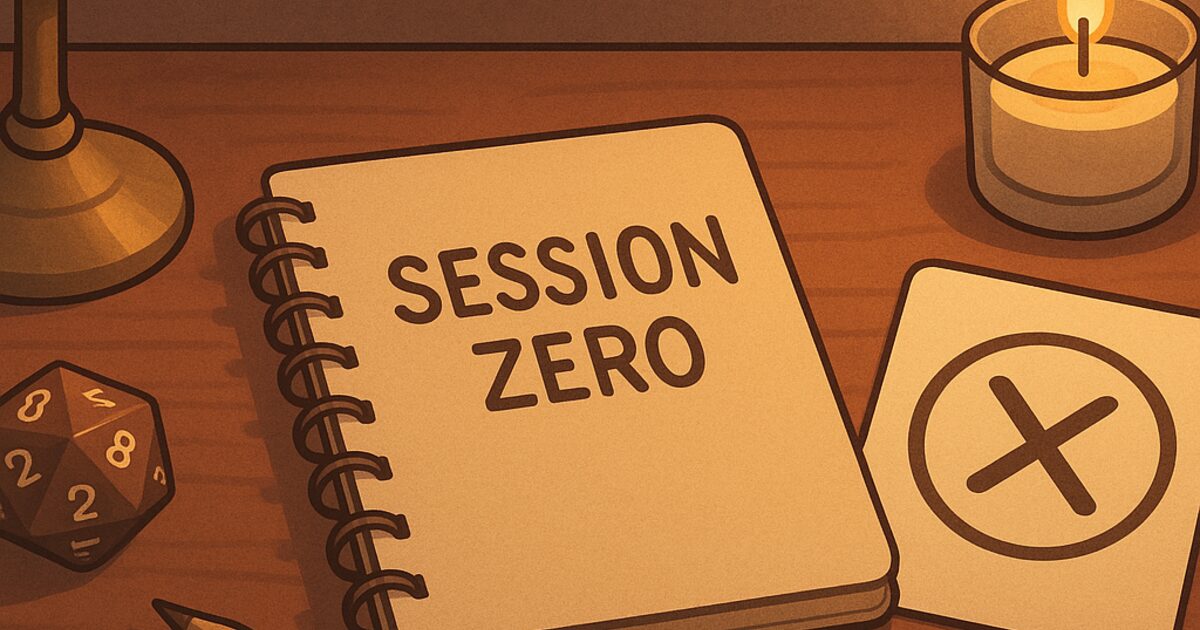Solo Safety & Boundaries
~6 min read

Why safety matters in solo#
Solo play lets you explore freely—but you also wear every hat. Safety tools give you permission to pause, pivot, or soften content so the game stays fun, comfortable, and sustainable. They also help you keep a steady tone when prompts surprise you.
Lines & Veils#
Lines are hard no’s—content you don’t want to include. Veils are fade‑to‑black boundaries—content that can exist but won’t be depicted in detail.
- Before you start, jot a short list of Lines and Veils.
- When an oracle or generator crosses a line, re‑roll or reinterpret.
- When you hit a veil, cut away or summarize (“Later, after the fight…”).
Script Change#
The Script Change toolkit (pause, rewind, fast‑forward, frame‑by‑frame) provides simple controls to adjust scenes in the moment.
- Pause: Take a breath; check in with how you’re feeling before continuing.
- Rewind: Roll back to a prior point and choose a different branch.
- Fast‑forward: Skip past distressing or uninteresting content.
- Frame‑by‑frame: Proceed slowly, describing small beats, and check comfort as you go.
Write the controls on a sticky note beside your journal or screen so the option to pivot is always visible.
Open Door#
Open Door means you can end or step away from a session at any time—no justification needed. Mark your spot, jot a one‑line recap, and return when it feels right.
Tone calibration#
Decide your tone before you start. A simple scale works: 1 = cozy and low stakes → 5 = grim and intense. Use this to interpret vague results: if your tone is 2, lean toward hopeful outcomes and gentle complications; if it’s 4, allow harder twists.
- Palette: List 3–5 things you want more of (e.g., mysteries, found family) and 3–5 to avoid.
- Trigger‑aware: Consider real‑life stressors; avoid mirroring them unless you explicitly want catharsis.
- Session tags: Add a short tag to each log entry like “tone: 2/5; themes: hope, discovery”.
Solo session zero#
Spend five minutes up front to set the table:
- Pick a system or go system‑agnostic with oracles.
- Write Lines/Veils; note your Script Change controls.
- Choose a tone number and a short Palette.
- Define a starting situation and a first question.
- Decide how you’ll log: bullets, journal, or scene headers.
Quick checklist#
- Lines/Veils written?
- Script Change controls visible?
- Open Door permission acknowledged?
- Tone number + Palette set?
- First scene framed and first question ready?
Ready to play? See How to Play Solo and browse tools in Resources.